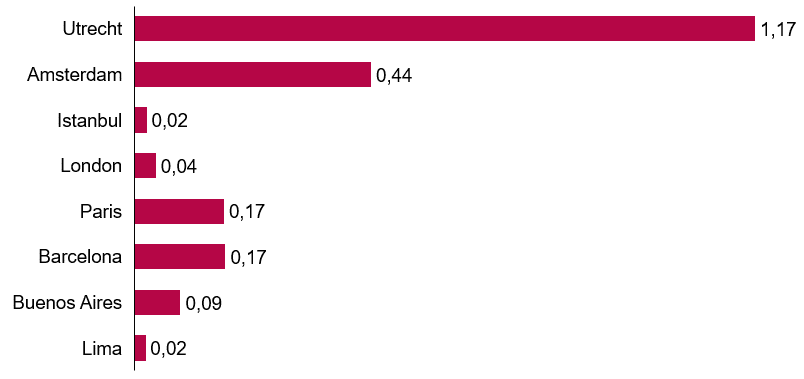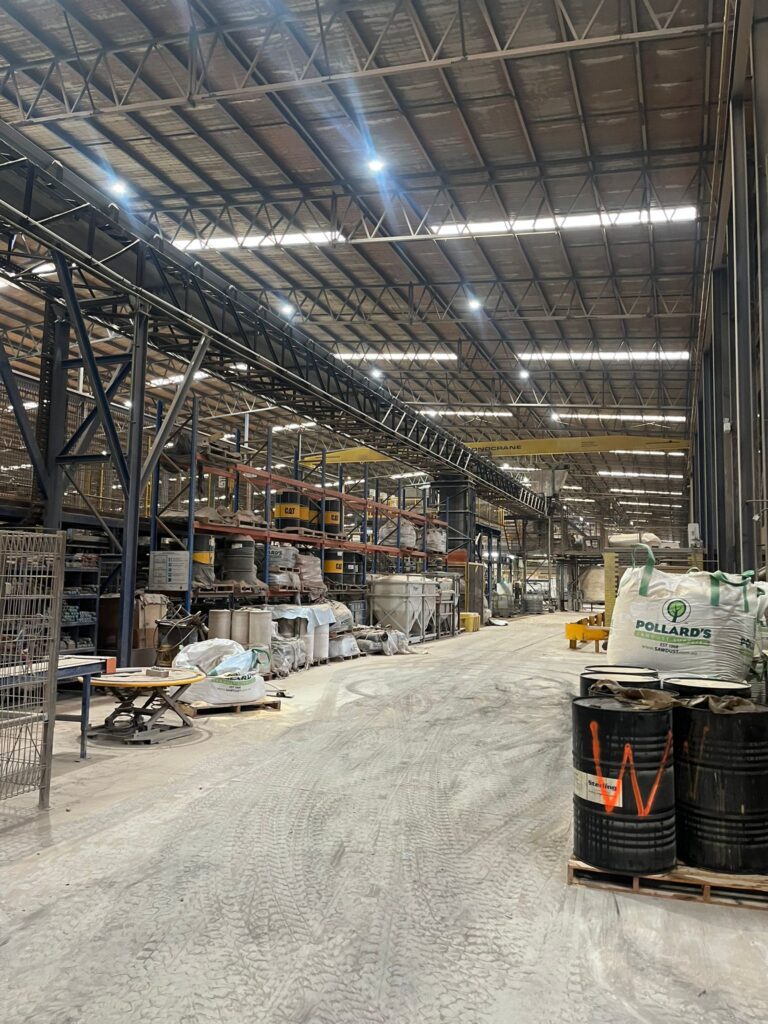In the past few months, I’ve had the opportunity to commute to work by bike. And here’s what I have noticed: in the Netherlands (especially in the city of Utrecht), bike infrastructure is great. So, lots of people use it to commute to work or school. During trips abroad, I saw that that’s definitely not always the case in other big cities, such as London, Paris, Istanbul, Barcelona, Buenos Aires, and Lima (a random sample of cities where I conducted some accidental field research over the past few years).
And it comes with consequences. These places generally have lower air quality and higher traffic congestion, and they’re less safe for those few people who are exceptions to the rule and do decide to take the bike to work or school. But in recent years, some of these cities have launched cycling infrastructure boosting projects. So, let’s have a look at these developments. Which ones stand out? And can we expect to commute by bike (while inhaling somewhat healthy air) in large cities across borders anytime soon?
What’s the state of cycling infrastructure in large cities around the world?
When comparing the current state of cycling infrastructure in large cities in the Netherlands and abroad, I could take countless factors into account — from cycling popularity, bicycle ownership, and shared bicycle programs to air quality and traffic accidents. Luckily, this is a blog post — not an extensive advisory document. That’s why I’d like to limit the complexity. We’ll consider the size of each city’s cycleway network: the total distance of (semi-)separated routes specifically designated for bicycle travel. This should give us an idea of the suitability of cycling as a mode of transportation in these respective cities.

Figure 1: Actual size of the cycleway network (km).
Of course, this is a random selection of large cities. But the Dutch cities (including Utrecht, our office’s hometown) are frontrunners. Istanbul, London, and Paris are not far behind. The Spanish-speaking cities in this selection seem to be less cycling-oriented, at least in terms of street design.
However, this isn’t an entirely fair comparison, as Utrecht is home to 360,000 people (fun fact: 94% of them own a bike), while Istanbul boasts a population of 16 million people. So, let’s consider the size of each cycleway network per capita.

Figure 2: Actual size of the cycleway network (meters per capita).
Each Utrecht resident has their own 1 meter and 17 centimeters of cycleway. Here’s what that means: if everyone in the city would simultaneously hop on a bike, there would be enough space for them — from front to rear wheel. Meanwhile, both Paris and Barcelona offer a mere 17 cycleway centimeters to each of their residents. It’s a huge difference. But it might be about to change. Cyclists now outnumber motorists in London, while Paris is to become a 100% cycling city. And Barcelona is turning into one of the most bike-friendly cities.
Will fervent Dutch cyclists feel at home in cities like London and Paris?
While cities such as London, Istanbul, and Paris have ambitious plans regarding their infrastructures, the Dutch obsession with cycling keeps the Netherlands at a different level — especially since the Dutch likely won’t halt further development, either. So, they’ll probably continue to be in the lead when it comes to cycleway networks.

Figure 3: Planned size of the cycleway network (meters per capita) based on openly available cycleway network expansion plans for Istanbul (ASAP), London (2041), Paris (2026), and Lima (ASAP).
Based on the quick-and-dirty analysis we’ve performed, here’s the conclusion we can draw: if you live in Istanbul, London, Paris, Barcelona, Buenos Aires, or Lima, you enjoy making your way through the city on a bike, and you’re willing to weather some rain, I’d recommend that you move to the Netherlands.
If you’re Dutch and you plan on discovering one of the other cities we’ve discussed by bike, be prepared for some challenges — at least during the next few years.
Sources on population per city:
Sources on cycling infrastructure per city:







